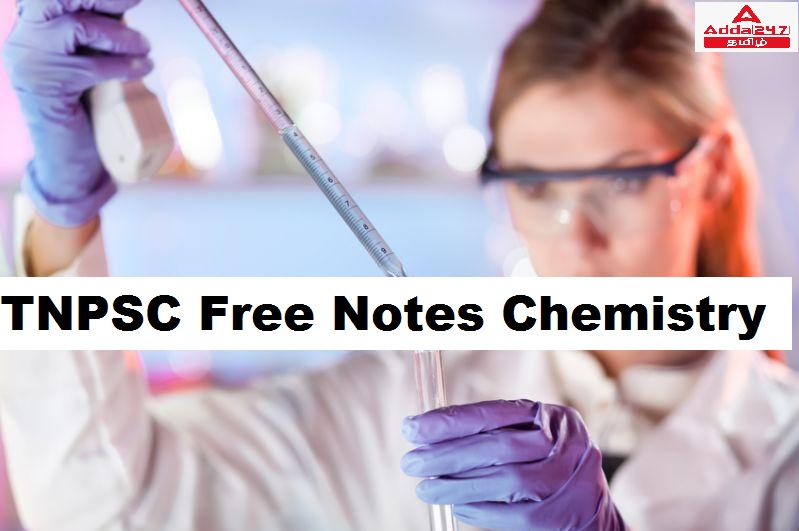இந்தக் கட்டுரையில், TNPSC குரூப் 1, குரூப் 2, குரூப் 2A, குரூப் 4 மாநிலப் போட்டித் தேர்வுகளான TNUSRB, TRB, TET, TNEB போன்றவற்றுக்கான முறைகள் இலவசக் குறிப்புகளைப் பெறுவீர்கள்.தேர்வுக்கு தயாராவோர் இங்குள்ள பாடக்குறிப்புகளை படித்து பயன்பெற வாழ்த்துகிறோம்.
Acids, Base and Salts
Acids
The substance which gives H + ions when dissolved it in water are called as Acids.
They give Cations
Their pH value is less than 7
They convert blue litmus into red colour
They have Sour taste
Example: HCl, CH 3 COOH
Bases
The substance which gives OH – ions when dissolved it in water are called as Bases.
They give Anions
Their pH value is greater than 7
They convert Red litmus into blue colour
They have Bitter taste
NaOH, KOH
Theories
Arrhenius Concept
Bronsted Lowery concept
Lewis Concept
Arrhenius Concept
In 1884, a Swedish chemist Svante Arrhenius proposed a theory on acids and bases.
According to Arrhenius theory, an acid is a substance which furnishes H+ ions or H 3 O+
ions in aqueous solution.
They contain one or more replaceable hydrogen atoms.
For example, when hydrogen chloride is dissolved in water, it gives H + and Cl – ions in
water.
According to Arrhenius theory, bases are substances that ionise in water to form
hydroxyl ions (OH–).
There are some metal oxides which give salt and water on reaction with acids. These are
also called bases.
For example, Sodium hydroxide ionizes in water to give hydroxyl ions and thus get
dissolved in water.
Bronsted Lowery concept
According to Bronsted lowery concept, the substance which gives or donates protons in
chemical reactions, such substance are called Acids.
The substances which accept protons in a chemical reaction, such substance are called
as Base.
Lewis Concept
According to lewis concept, the substance which accept a pair of electrons are called as
Acids.
The substance which donate pair of electrons are called Base.
Indicators
Indicators are used to check whether a solution is acid or base by chemical reactions.
Acid, Base and Salts
PH – Scale
pH scale is a scale for measuring the hydrogen ion concentration in a solution.
The ‘p’ in pH stands for ‘Potenz’ in German meaning ‘power’.
pH notation was devised by the Danish biochemist Sorensen in 1909.
pH scale is a set of numbers from 0 to 14 which is used to indicate whether a solution is
acidic, basic or neutral.
Acids have pH less than 7
Bases have pH greater than 7
A neutral solution has pH equal to 7
pH = –log 10 [H + ]
**************************************************************************
| Adda247 TamilNadu Home page | Click here |
| Official Website=Adda247 | Click here |




